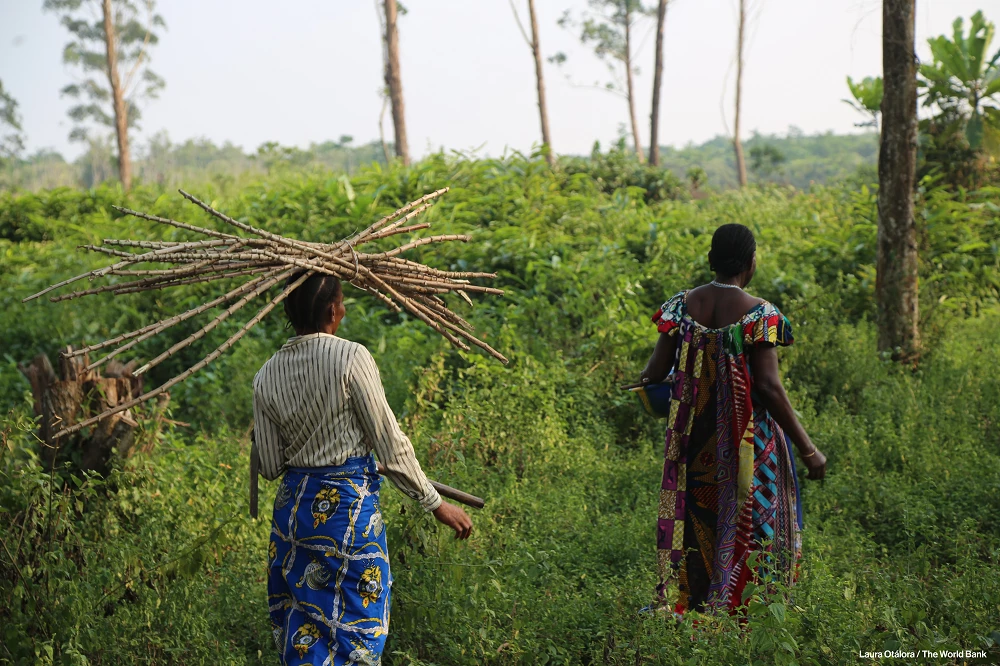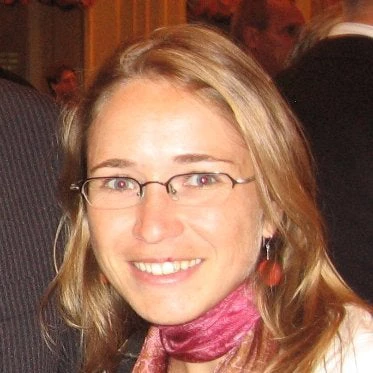
The Democratic Republic of Congo’s efforts to shift to sustainable land use is producing first results in the Mai Ndombe province - an encouraging model for other countries seeking to reduce deforestation and forest degradation.
As I look out the window of our small propeller plane heading toward Inongo, the capital of the Mai Ndombe province in the Democratic Republic of Congo (DRC), the difference in landscape is jarring. The areas around Kinshasa, the sprawling capital city with a population over 10 million, are marked by degraded lands with barely a tree in sight. As we fly further north and east, we pass over scattered patches of green on savannahs, but when we cross over into the Congo Basin, there are suddenly forests as far as the eye can see. Mai Ndombe, my final destination, spans more than 12 million hectares, most of which are forest, and is part of one of the most important tropical ecosystems left on earth.
Although the rate of deforestation in the DRC is low compared to other countries in the Amazon and Southeast Asia, almost half a million hectares are lost each year (an area about the size of the US state of Delaware). As one of the least developed countries in the world, economic development is a top priority and the country’s forests are under increasing threat.
The government of DRC has been working to reduce deforestation and forest degradation to address climate change (efforts commonly referred to as ‘REDD+’). This leadership is turning into visible positive impact for people and forests alike and this was never more evident than during my most recent trip to the Mai Ndombe province with Gentiny Ngobila, Governor of the province.
The DRC’s Emission Reductions Program in the Mai Ndombe province became the first of its kind in the world to be selected into the FCPF Carbon Fund in December 2016. This large-scale emission reduction program is the first step in implementing DRC’s national REDD+ strategy at the jurisdictional level, and is expected to provide a model for green development in the Congo Basin, as well as an important test of climate action on the African continent.
The results we recently saw firsthand came from one of the investment projects that helped lay the groundwork for the implementation of the Emission Reductions Program in Mai Ndombe. Since 2015, and with a US$37 million grant from the Forest Investment Program (FIP), the DRC has been working to address deforestation related to the demand for agricultural products and fuelwood around the capital, Kinshasa. What we saw during our trip was work specifically focused on improving community livelihoods and forest landscape management in the Plateau district of the Mai Ndombe province.
In the Plateau district alone, about 200 groups made up of local chiefs, women and other community members have been working on land-use planning. The results are management plans identifying which areas will be protected and which can be used for sustainable production. All of these planning activities respect the principles of free, prior and informed consent of local stakeholders.
Communities participating in the FIP project have already grown more than 100,000 acacia seedlings, and are generating income by planting them to restore degraded land. The program uses acacia because it grows quickly and can rapidly provide wood for fuel and building, with the goal of taking pressure off natural forests. To date, about 60 Payment for Environmental Services (PES) contracts, overseen by WWF as the implementation partner, have been signed with local development committees for these reforestation activities, and have been set up with an innovative payment system. Here’s how the PES contracts work: The first step is that communities receive 10 cents per acacia seedling they produce. Three months after communities have prepared the degraded land with support from the project and planted seedlings, they receive their first payment for the establishment of the plantation (US$75 per ha); nine months after plantation, they receive a second payment (US$50 per ha) if the seedlings have been properly maintained; and 27 months after initial plantation and after the dry season, communities receive a third payment (US$25 per ha) if the area is thriving.
Moving forward, DRC’s Emission Reductions Program in Mai Ndombe will have these results to build on, as the country prepares to negotiate its Emission Reductions Payment Agreement (ERPA) later this year. This contract about results-based payments for REDD+ activities from the FCPF Carbon Fund would be an important milestone in supporting the country’s ambition for a transformational shift toward sustainable land use and forest protection. While the ERPA negotiations are just about to begin, the impact we had always imagined making with REDD+ is starting to happen in the DRC.
Five years from now, the flight from Kinshasa to Inongo could reveal a very different landscape below.


Join the Conversation